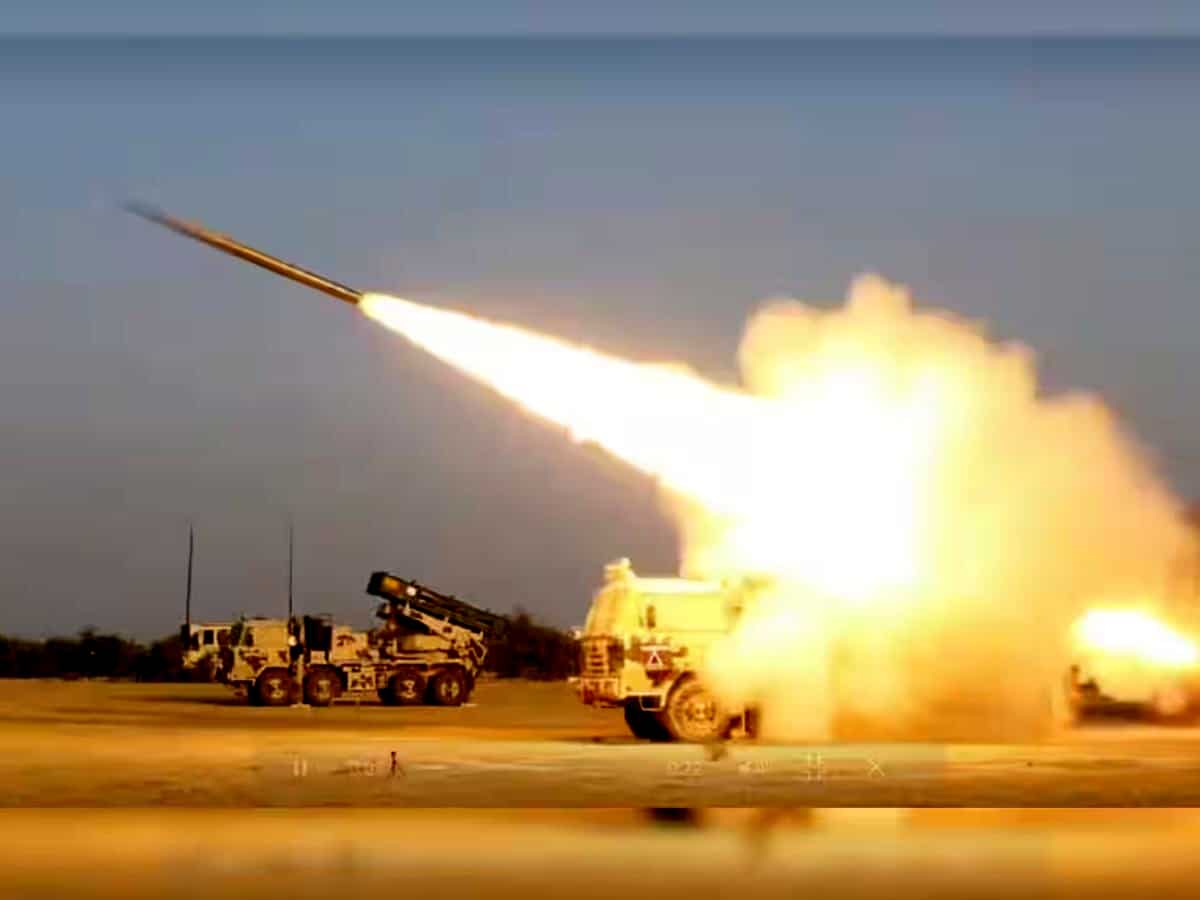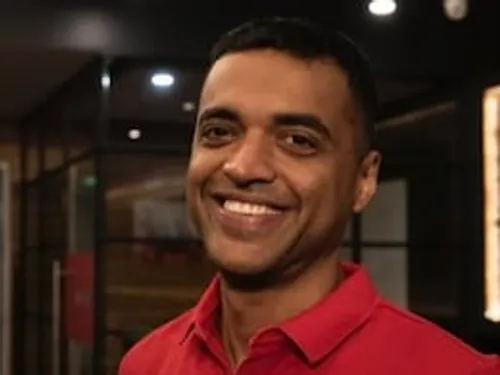Prime Minister Narendra Modi addressed the nation on Monday about Operation Sindoor. He chose the day of Buddha Purnima to deliver his powerful message, highlighting the auspicious day’s significance and stating that maintaining peace is a form of power. The PM said that India is a peace-loving nation, but the path to peace will be built with strength. Lord Buddha stands as an embodiment of peace and eternity. His connection with India’s defence might is not new.
In modern times, it dates back to 1974, when India conducted its first nuclear test in 1974 under the then Prime Minister Indira Gandhi, the programme was coined Smiling Buddha.
The reason behind this terminology was that the test was conducted on the day of Buddha Purnima.
When the test was over, Raja Ramanna, Bhabha Atomic Research Corporation (BARC) chief, told Indira Gandhi that Buddha had smiled.
It was the first nuclear test by a nation outside the United Nations’ five permanent members- USA, the UK, Russia, France, and China.
Conducting a nuclear test in 1974 was a big deal for India. The country had got its independence just 27 years back.
It may be a long period, but when India became free, it was a struggling economy with the majority languishing below the poverty line.
The License Raj era, deeply rooted in socialism, made social welfare its priority, leaving little for scientific research and development.
But India’s founding fathers’ love for science and technology came handy.
The Atomic Energy Act was passed on 15 April 1948, paving the way for the establishment of the Indian Atomic Energy Commission (IAEC). In 1954, the Department of Atomic Energy (DAE) was established, and in 1956, the first nuclear reactor named APSARA became operational at Trombay. That laid the foundation of India’s first nuclear test.
On 18 May 1974 at 8.05 IST, when Pranab R. Dastidar, the BARC director who led the electronic detonation system in the Smiling Buddha project, pushed the firing button, Buddha had ‘smiled’ and India had stamped its feet on the nuclear map of the world. India continued its resolve to use nuclear energy for peaceful purposes in years to come, but it would take another nearly 24 years before India would test a nuclear weapon again.
The day came on May 11, 1998, when the country covered the distance between ‘Smiling Buddha’ and ‘Operation Shakti’, the nuclear test series was known as.
Under Prime Minister Atal Bihari Vajpayee and in the supervision of APJ Abdul Kalam, the head of Defence Research and Development Organisation (DRDO), India conducted 3 nuclear tests on May 11, 1998, and 2 more on May 13, 1998. Powerful tests turned the heads of global powers, looking at India as a nation that has proved its nuclear might.
Through Operation Shakti, India showed that its claim to be a nuclear superpower is a thing to be taken seriously.
Cut to Buddha Purnima, May 12, 2025: there was no nuclear test, as it was not required, given India’s growing stature as a global power.
But PM Modi chose it as a day to deliver a message that India’s claim to be the frontrunner in the fight against terrorism can’t be taken lightly.
He highlighted that Operation Sindoor is not over, and India will give a befitting reply to the backers of terror in a language they understand.
Modi said that the new normal for India is to answer back to terrorist forces, and nuclear blackmail won’t work.
On Buddha Purnima, Modi highlighted that as a land of Buddha, India yearned for peace, but to maintain it, the country wouldn’t spare anyone who wished to disturb it.
Anurag Dhole is a seasoned journalist and content writer with a passion for delivering timely, accurate, and engaging stories. With over 8 years of experience in digital media, she covers a wide range of topics—from breaking news and politics to business insights and cultural trends. Jane's writing style blends clarity with depth, aiming to inform and inspire readers in a fast-paced media landscape. When she’s not chasing stories, she’s likely reading investigative features or exploring local cafés for her next writing spot.






